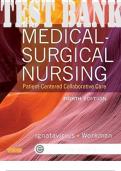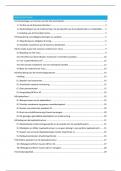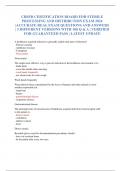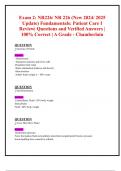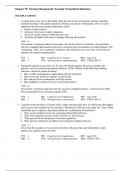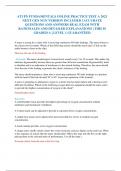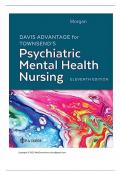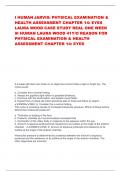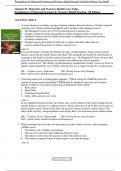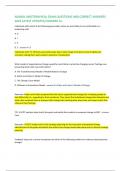Examen
Medical-Surgical Nursing: Patient-Centered Collaborative Care 8th Edition by Ignatavicius, LaCharity, Kumagai | TEST BANK - All Chapters 1-74
- Cours
- Établissement
- Book
TABLE OF CONTENTS: Chapter 1: Introduction to Medical-Surgical Nursing Practice Chapter 2: Common Health Problems of Older Adults Chapter 3: Assessment and Care of Patients with Pain Chapter 4: G enetic and Genomic Concepts for Medical-Surgical Nursing Chapter 5: Evidence-Based Practice in Medical-...
[Montrer plus]
